Recording Studio Construction Techniques – Wood And Wood Types
The use of wood in this Mix list of studios is the first thing that jumps right out. The Hearstudios in Camden, Maine has a live room that is all wood. Every surface of the room has wood on it. It is very large and looks to be a converted barn with the roof support structure exposed. Knotty pine is the wood of choice and the room has to be very live. Portable sound-absorbing panels tame higher reverb times around the sound sources and microphones.
Wood Can Be Formed
MG Sound in Vienna, Austria has wood-slatted bass absorbers throughout the ceiling and sidewalls. Each surface of the absorbers is curved and is arranged to cover the whole ceiling. In smaller rooms that have larger low-frequency issues due to their size, it is common to see the low-frequency absorption positioned on the ceiling. This positioning reduces the sound pressure from floor to ceiling The floor to ceiling dimension is the smallest of the three so we must treat the floor or ceiling or both if energy and frequency demand it.
MG Sound: http://www.mg-sound.com/
The following video demonstrates the recording studio design principles we follow.
Wood Floors, Ceiling, And Walls
The 77 Recording studio in Evansville, Indiana has knotty pine throughout the control room. The floor, front wall, and both side walls are covered with pine. Once again, we see low-frequency absorbers in the ceiling and back wall area. Even the custom made diffusers were made out of wood. Wood produces a more natural warmer sound and also has visual benefits, especially in a larger, live, room. It has a more balanced impact on the middle and high frequencies where music and voice
Wood Diffusion
Rear wall diffusion appears to be another common studio design, especially with the smaller studios. The Lucky Post Audio Suite in Dallas, Texas has a rear wall that is designed with diffusion across the total wall surface. We used to see both horizontal and vertical quadratic diffusion position across the rear walls. Today, it appears that only vertically positioned diffusers are used or a two-dimensional diffuser that provides both vertical and horizontal diffusion in one panel. Vertical and horizontally placed diffusers are alive and well in recording studio construction. listening rooms and playback environments.
Stone, Rock, And Brick
Rock or brick is another popular construction medium that we see. In Electrical Audio Studios, we see a brick wall that appears to be in the live room. In Strange Weather studios in New York City, we see wood interlaced with stone to produce a very natural balance between the two mediums. Along with these natural harder surface materials, we have fabric used in abundance. Stone has a natural appearance and balances both aesthetically and acoustically with fabric and wood. The use of natural materials is always welcome and encouraged with music studio construction. natural materials such as stone, wood, and natural fabrics should be a requirement in any recording studio construction.
Fabric Coverings
Fabric covers sound-absorbing panels in Baoli Records in Haiti. Low – frequency absorbing panels are positioned above the console and are covered with red fabric material. The side walls have the same red fabric to cover more middle and higher frequency absorbing panels. The rear part of the 350 sq.ft. control room also has red fabric-covered panels at the ceiling to back wall intersections and along the rear wall.
Fabric Covered Absorbers
Walters Stork Design Group used fabric covered panels for the front wall of The Vault Mastering Studio in Phoenix, AZ. The front wall has three large curved sound-absorbing panels that are fabric covered and from the look of their thickness, they are probably low frequency absorbing units. The MIM theater in Scottsdale, AZ., uses curved and fabric-covered, low-frequency absorbers for the rear and front walls. Fabric is a natural element just like stone and wood and the three natural elements blend together well.
Vault Studio http://www.vaultmastering.com/
Natural Materials / Natural Sound
It might sound like a cliche’ but to create natural sound, one needs to use natural elements. Sound energy that strikes a natural element, sounds more natural to the human hearing system. When you think about it, it should come as no surprise. Why do you think the color green is the easiest light wavelength for the human vision range to use. Natural materials and the sound produced when energy strikes them is probably in our DNA. Artificial and man-made materials like glass or metal have their own “sound” and it is usually unfavorable when it comes to sound playback and recording. Listen to the “glass” sound in your car or the car next to you at the stoplight.
Natural Materials Have Natural Look
Natural materials or materials that are found in nature in their original state, produce the best surfaces for sound energy to strike in our personal listening environments, home theater, and professional recording studios. Wood, fabric, and stone are natural materials that are used extensively in today’s new studios. Natural materials produce a more natural sound quality sound to our recorded or playback signal and so remain one of the most robust recording studio construction techniques still employed today.
In Summary
I hope that helps you. If you have any questions at any time I am always on hand to help answer them. Leave them in the comments section or email me at info@acousticfields.com. If you would like a free analysis of your studio, please complete the form on this page https://acousticfields.com/free-room-analysis/ and we will run a free analysis for you. If you would like to learn more about room acoustics please sign up for our free videos and ebook by joining the mailing list here. We send room tuning tips and things for you to test in your room every Wednesday. They are easy to follow and really help you enjoy more of your music.
Thanks,
Dennis


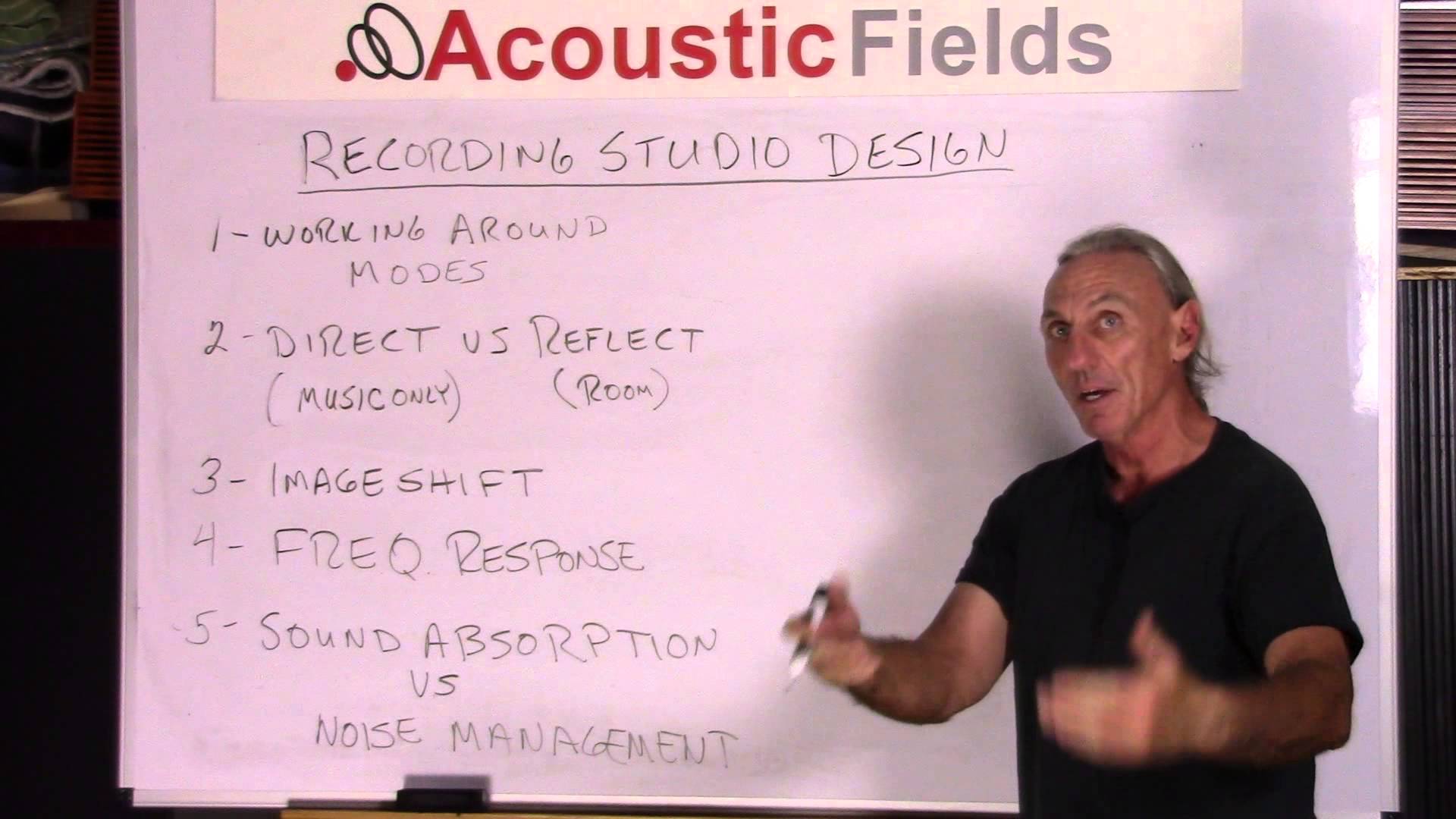
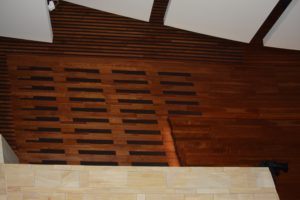
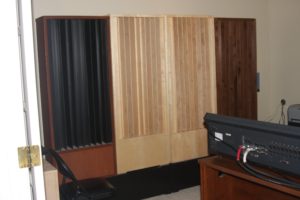
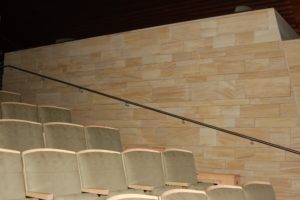
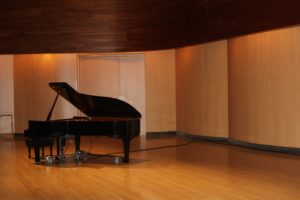





The discussion on ductwork noise transmission from Acoustic Fields highlights crucial aspects of HVAC system acoustics. The movement of air…
Great build plans. thank you Denis
You must use absorption. Never place a chair against a wall.
A friend and I built several diffusors using these plans and they turned out absolutely beautiful. Very good instructions and…